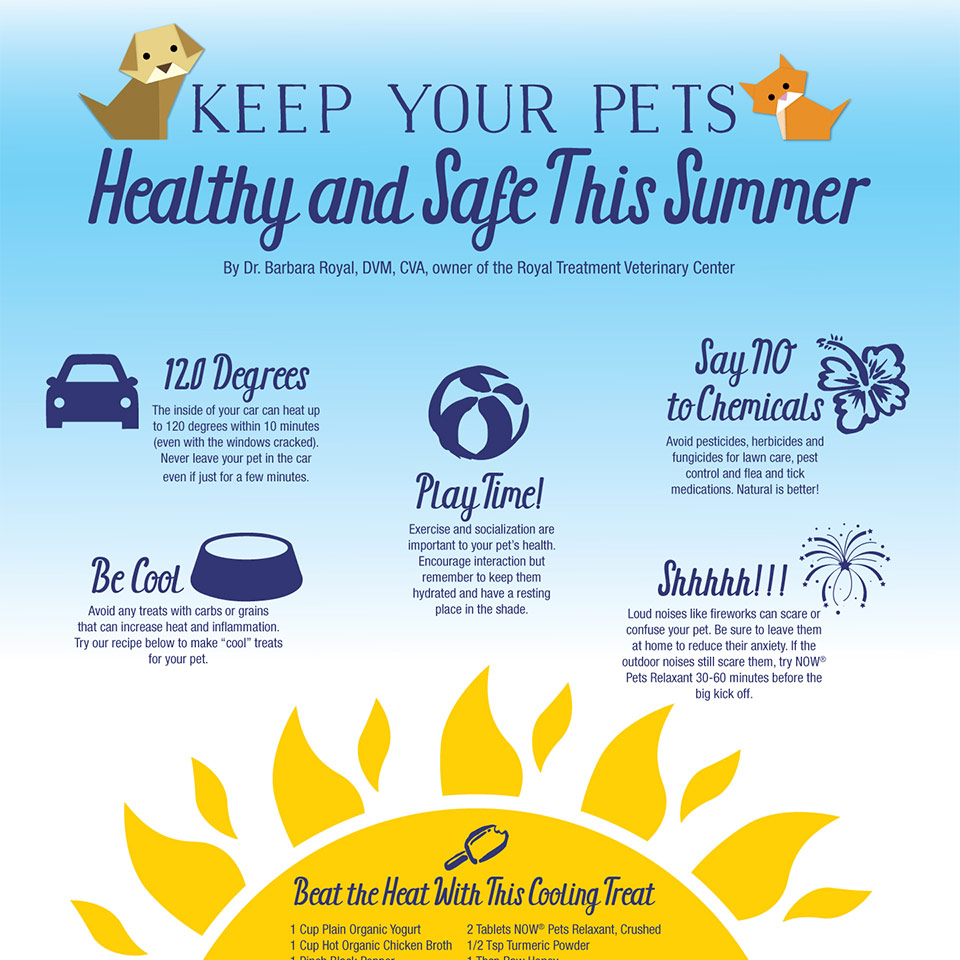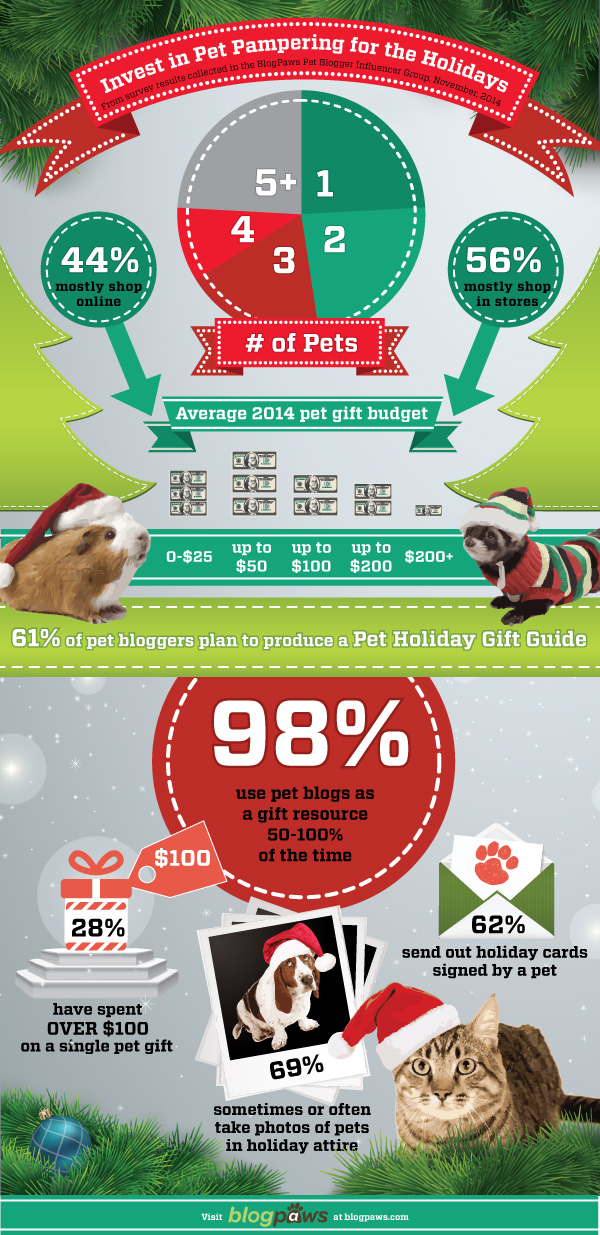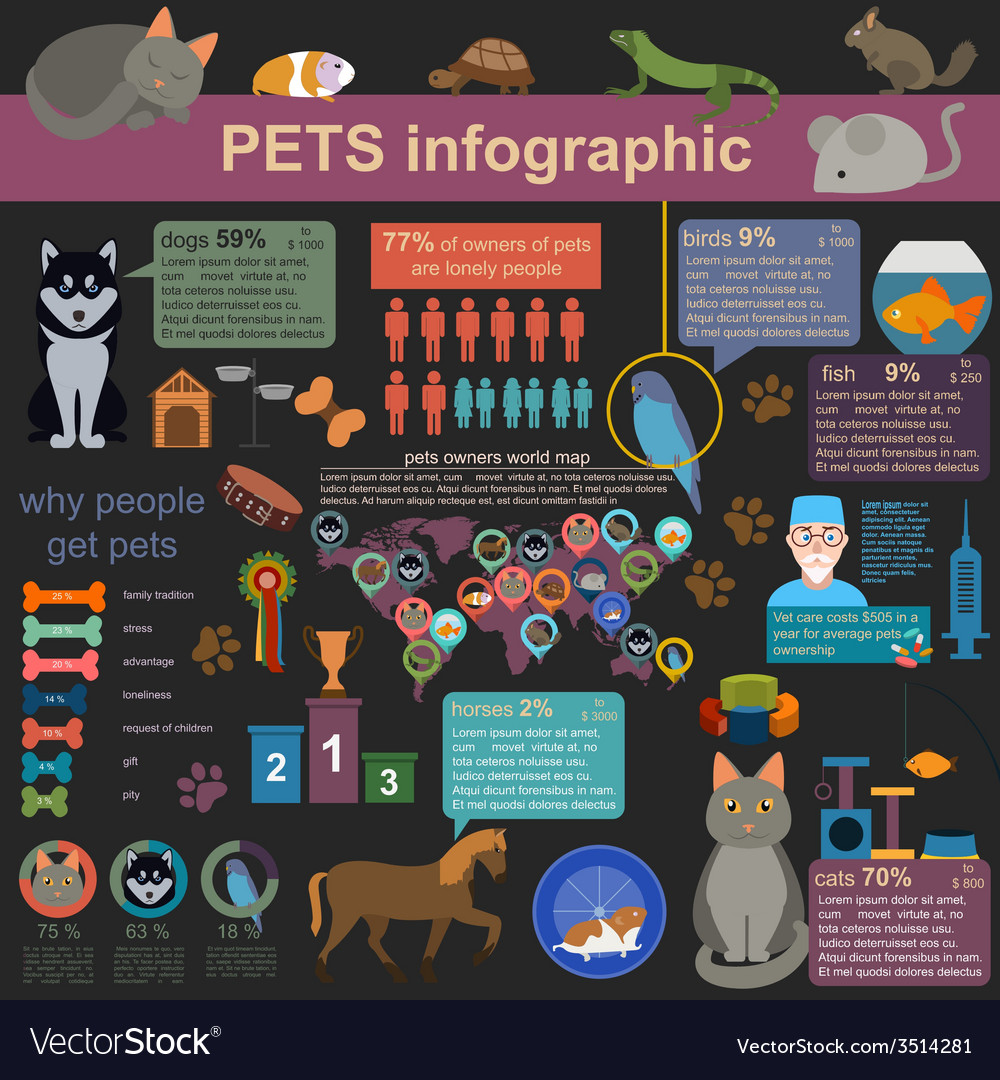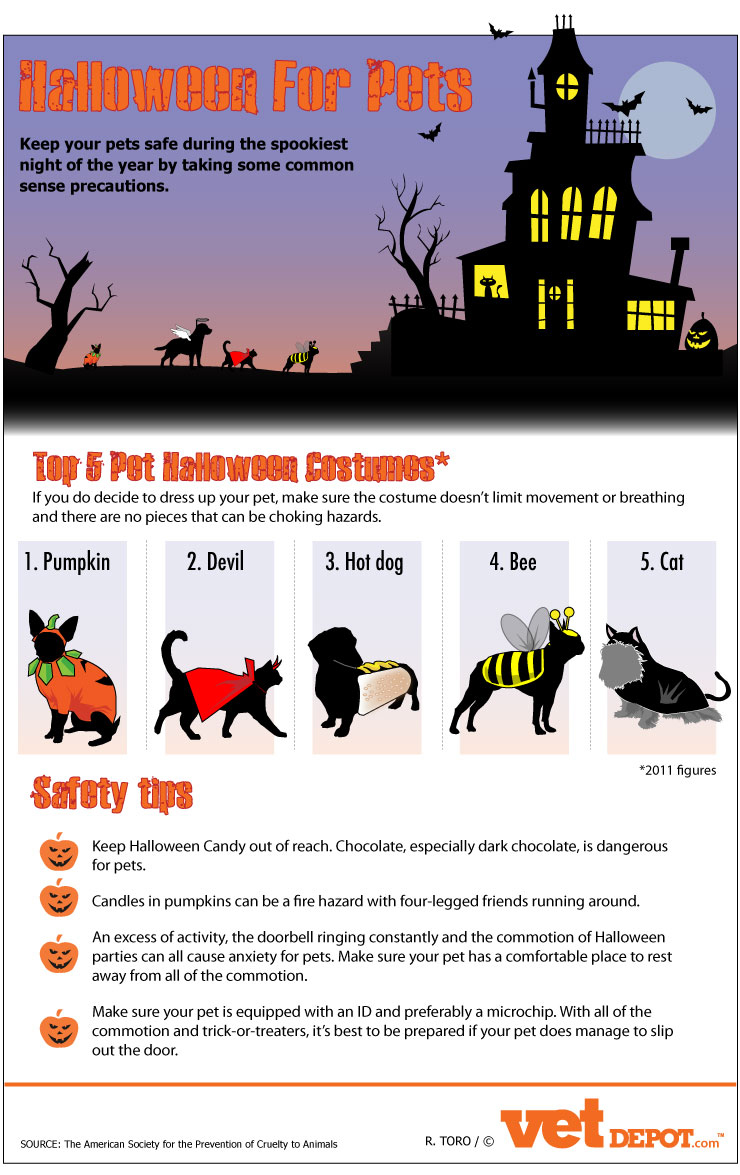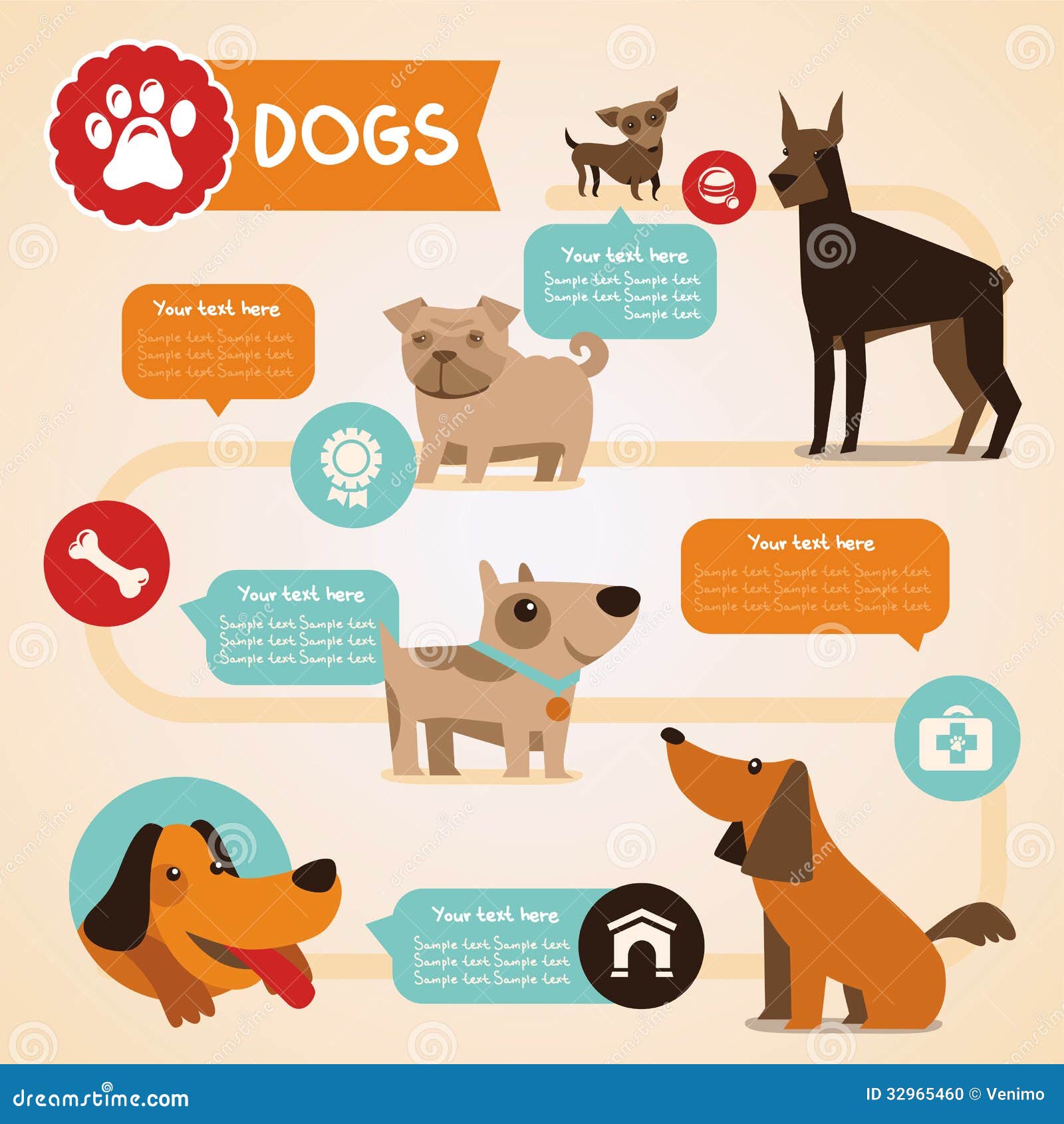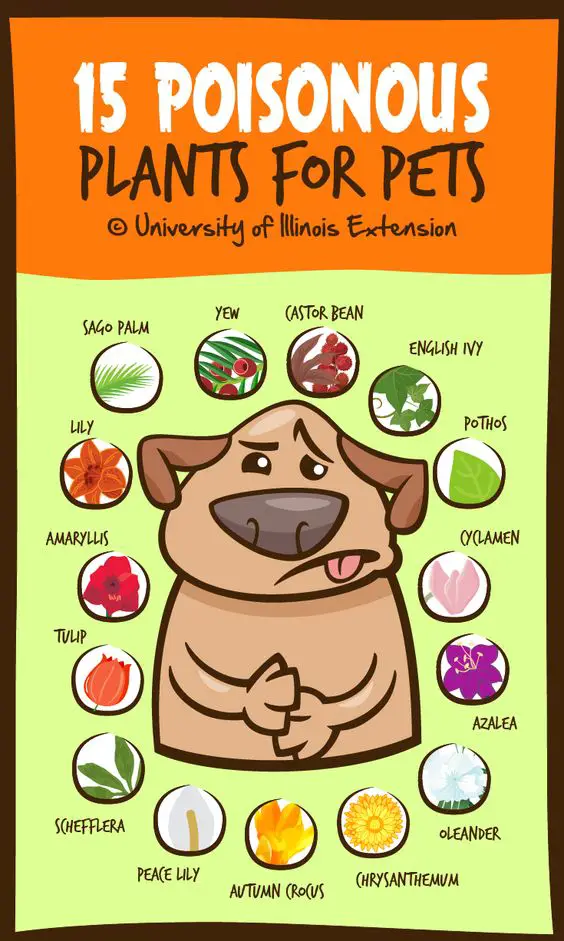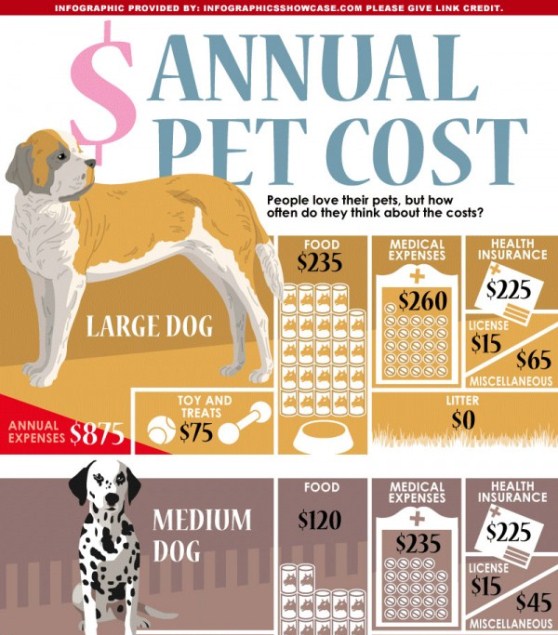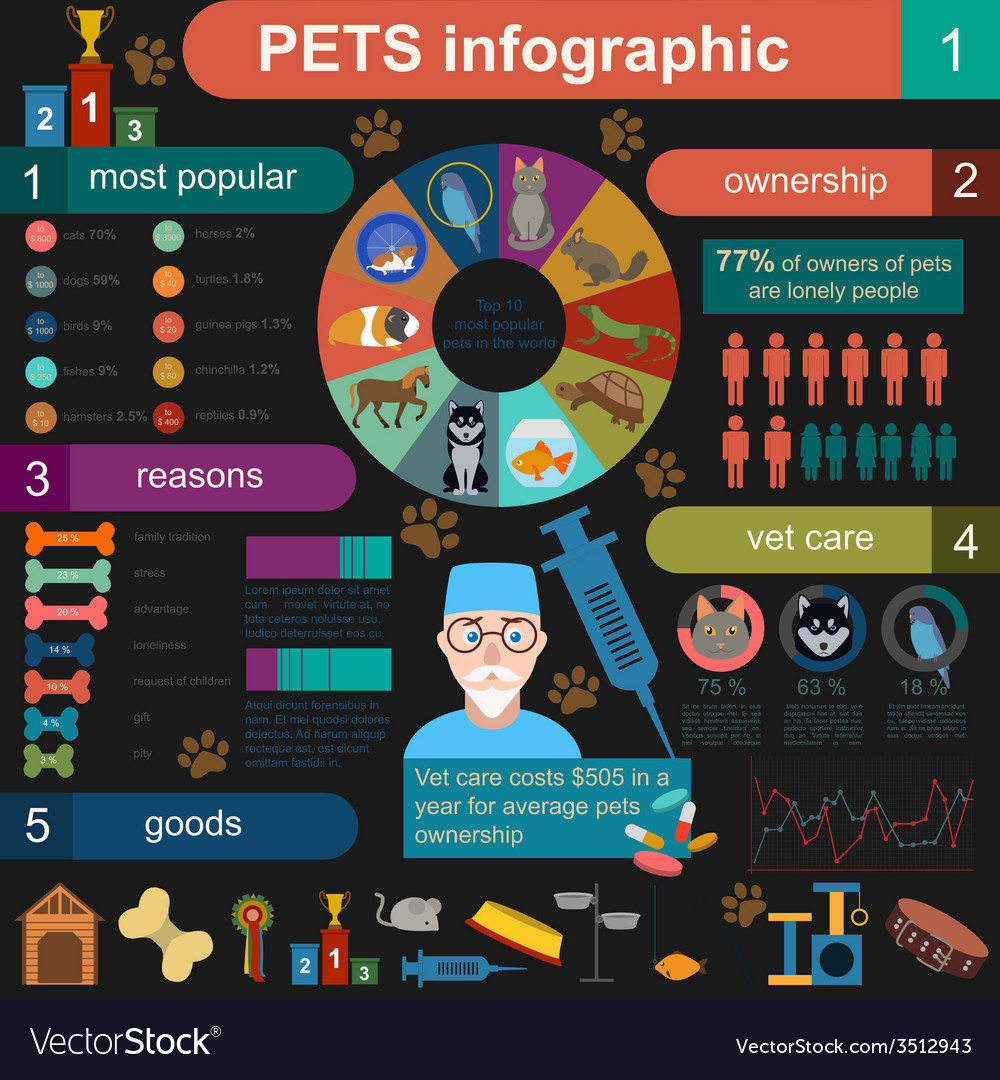How Dog Daycare Helps Separation Anxiety
How Dog Daycare Helps Separation Anxiety
Blog Article
Why Some Canines Get Outlawed From Daycare
Pet day cares are a need for numerous functioning pet moms and dads. However, if your pet shows concerning behavior, you might be asked to remove them from the center.
Some canines obtain prohibited from childcare as a result of hostile or overly physical play that can cause injuries to other canines. These habits consist of:
Aggressiveness
Aggressiveness in the direction of other dogs is a common reason for bans. It can be set off by play, scents, food bowls and other people (especially youngsters). It is generally guided at one canine however may be rerouted towards multiple pet dogs. Generally, pets who are aggressive toward other pet dogs are bad prospects for childcare.
A pet can present aggressiveness through barking, lunging, redirected behavior, extreme posturing, humps and various other hostile kinds of habits. This is not a regular part of a dog's temperament and usually requires treatment prior to a childcare center will certainly take into consideration confessing.
Some dogs are hostile just towards specific classifications of people such as veterinarians, groomers, postal providers and other individuals. This kind of hostility can be an issue for lots of day cares since it is typically impossible to prevent the targeted individual or group.
Loneliness
Just like human beings, pets can obtain lonesome. Solitude produces a strong desire to re-connect and engage with others. When the dog is incapable to attach and participate in a favorable method they will choose even more devastating electrical outlets for their isolation. This often takes the form of playing rough with other dogs or acting controlling and hostile in the direction of their very own playthings.
Unfortunately, a day care atmosphere does not constantly offer the very best chance to handle these type of behaviours. For example, staff whose shifts transform consistently need to kennel pets swiftly and without the moment or resources to observe them or to help re-introduce them back right into the team.
Similar to individuals who thrive in enormous groups at songs celebrations however find it a lot less complicated to rest alone at a subtle coffeehouse, canines have special preferences about when, how and with whom they fraternize various other animals. Removing them from a team they do not belong in is rarely going to educate them any type of different.
Over-stimulation
Overstimulation is when you feel bewildered by sensory stimuli, like too much sound or activity. This can trigger sensations of stress and anxiety and worry, and physical symptoms such as problem breathing.
It's a reason some canines get outlawed from childcare - especially those that have been compelled to be frequently activated. They may seem short-tempered, snappy or confused and struggle to focus. They may require to cover their ears or eyes, or prevent people and circumstances because they're overstimulated by them.
Overstimulated pet dogs might be leaping, barking, getting, damaging and even attacking out of context since they're incapable to soothe themselves down. This is often a hereditary characteristic or breed-trait and can be aggravated by specific environmental aspects. It could be that they're overwhelmed with round chasing, rough play, repetitive commands or simply too many individuals all at once. They may 'enter into hyper setting' during strolls and need to be crated when they return home.
Extreme humping
Many pet dogs mount and hump sometimes, yet when it ends up being too much, it is a trouble. This behavior can be viewed as dominance, displaced hostility or simply excitement and is hard to control in a day care environment. If you have a canine that humps various other dogs or people, attempt disengaging them from the situation as soon as it starts by directing them away, turning your back or taking a seat. If necessary, use a timeout for one to 3 mins in a quiet location. This will certainly assist your dog find out that this habits is not permitted.
It is also essential to keep in mind that humping can occasionally be the result of an underlying clinical problem such as urinary system tract infections, allergies, or skin troubles that make the genital area itchy and uncomfortable. It is constantly a good idea to obtain a vet exam and ask your board and training dog veterinarian for their point of view. They may be able to use some clinical guidance and recommend medicine.
enter'>|